Home>Kitchen & Cooking>Kitchen Gadgets & Utensils>How Do You Open A Bottle Of Wine With A Corkscrew
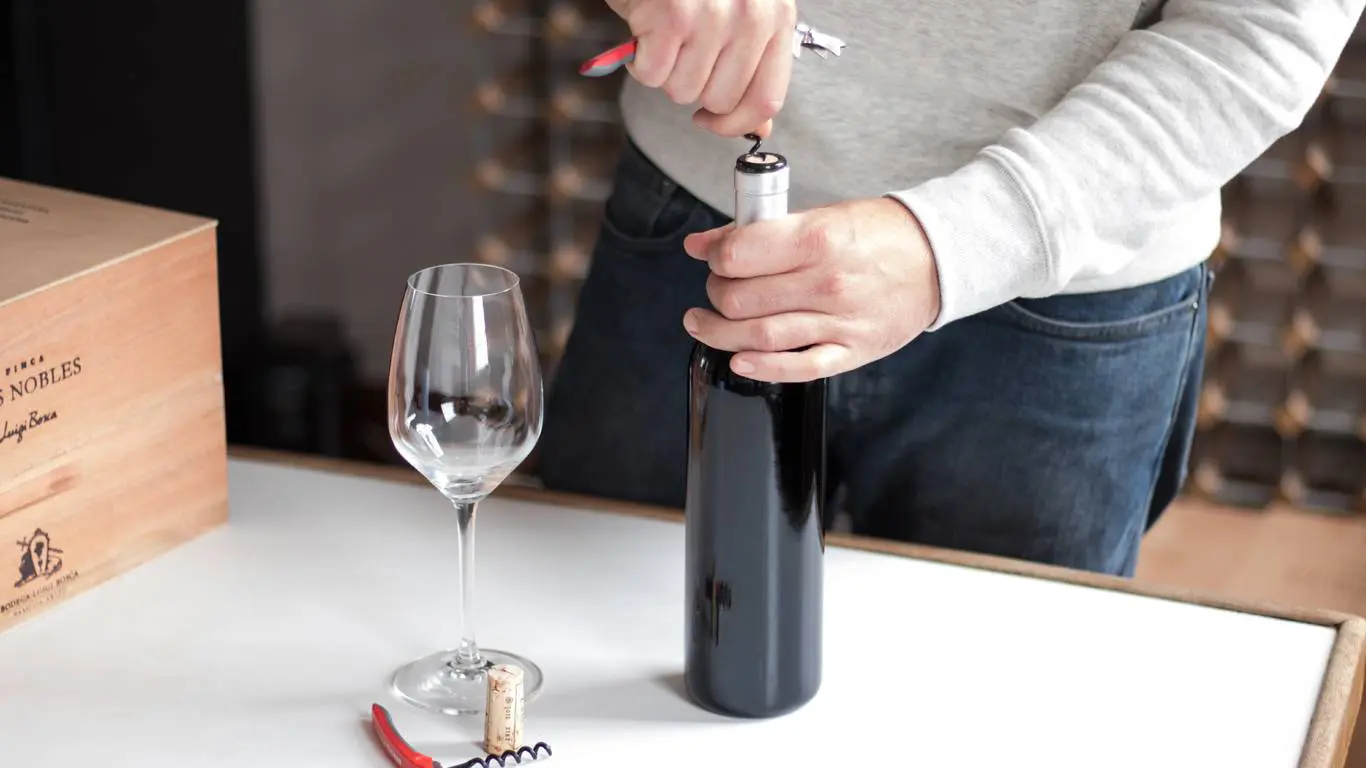

Kitchen Gadgets & Utensils
How Do You Open A Bottle Of Wine With A Corkscrew
Modified: February 18, 2024
Learn how to open a bottle of wine with a corkscrew and other kitchen gadgets and utensils. Impress your guests with your wine-opening skills!
(Many of the links in this article redirect to a specific reviewed product. Your purchase of these products through affiliate links helps to generate commission for Storables.com, at no extra cost. Learn more)
Introduction
Opening a bottle of wine with a corkscrew is a timeless ritual that adds an air of sophistication and anticipation to any gathering. Whether you're a wine enthusiast, a casual imbiber, or a host looking to impress your guests, mastering the art of uncorking a bottle is an essential skill. The process of using a corkscrew may seem straightforward, but there are nuances and techniques that can elevate the experience and ensure a seamless opening every time.
In this comprehensive guide, we will delve into the intricacies of using a corkscrew to open a bottle of wine. From understanding the anatomy of a corkscrew to mastering the step-by-step process, we will equip you with the knowledge and confidence to tackle this task with finesse. Additionally, we will explore tips and tricks to troubleshoot common challenges and discuss alternative methods for opening a bottle of wine when a corkscrew is not available.
Whether you're preparing for a romantic evening, a social gathering, or simply indulging in a glass of your favorite vintage, the ability to open a bottle of wine with ease and grace is a valuable skill. So, let's embark on this journey to demystify the art of using a corkscrew and unlock the rich flavors and aromas concealed within each bottle of wine.
Key Takeaways:
- Mastering the art of using a corkscrew to open a bottle of wine involves understanding its components and following a step-by-step process for a seamless uncorking experience.
- In addition to using a corkscrew, alternative methods like the shoe method and the hot water method can be used to open a bottle of wine when a corkscrew is not available.
Read more: How To Open A Wine Bottle With A Wine Opener
Understanding the Corkscrew
The corkscrew, also known as a wine opener or wine key, is a simple yet ingenious tool designed specifically for removing the cork from a bottle of wine. It consists of a handle, a spiral metal worm, and often a small knife or serrated edge for cutting the foil or capsule that covers the cork. Understanding the components and functionality of a corkscrew is fundamental to mastering the art of opening a bottle of wine.
Anatomy of a Corkscrew
Handle:
The handle of a corkscrew provides a comfortable grip and leverage for twisting the spiral worm into the cork. It is often ergonomically designed to ensure a secure and stable hold during the uncorking process.
Spiral Worm:
The spiral metal worm, or helix, is the primary component responsible for extracting the cork from the bottle. Its corkscrew shape allows it to penetrate the cork and gradually pull it out as it is twisted into the cork.
Foil Cutter:
Many corkscrews feature a small knife or serrated edge designed to cut and remove the foil or capsule that covers the top of the wine bottle. This allows for easy access to the cork and prevents any interference during the uncorking process.
Functionality of a Corkscrew
The corkscrew operates on a simple yet effective principle. By twisting the spiral worm into the cork, it creates a firm grip, allowing the cork to be steadily pulled out of the bottle. The handle provides the necessary leverage to facilitate this process, ensuring that the cork is extracted smoothly and without breakage.
Understanding the mechanics of a corkscrew empowers individuals to approach the task of opening a bottle of wine with confidence and precision. With this knowledge in hand, you are now ready to embark on the step-by-step process of using a corkscrew to uncork a bottle of wine.
This understanding of the corkscrew's design and functionality lays the foundation for successfully mastering the art of opening a bottle of wine. Armed with this knowledge, you are now prepared to delve into the step-by-step guide to using a corkscrew and unlocking the pleasures that await within each bottle of wine.
Step-by-Step Guide to Opening a Bottle of Wine
Opening a bottle of wine with a corkscrew is a time-honored tradition that, when done with finesse, can enhance the overall wine-drinking experience. Follow these step-by-step instructions to effortlessly uncork your favorite bottle of wine:
-
Prepare the Bottle: Before diving into the uncorking process, ensure that the bottle is stable and secure. Hold the bottle by the base and remove the foil or capsule covering the cork using the foil cutter or serrated edge of the corkscrew. This step allows for unobstructed access to the cork.
-
Position the Corkscrew: Hold the bottle firmly and position the tip of the spiral worm at the center of the cork. The worm should be perpendicular to the cork's surface to ensure a straight and steady insertion.
-
Twist the Corkscrew In: Apply gentle pressure and begin twisting the corkscrew into the cork using the handle. Maintain a steady and controlled motion to prevent the cork from breaking or crumbling. As the worm penetrates the cork, continue twisting until only one curl of the worm remains visible.
-
Leverage and Extraction: With the corkscrew securely in place, use the leverage of the handle to gradually pull the cork upward. Maintain a firm grip on the bottle to prevent any wobbling or instability. As the cork rises, ensure that it moves out smoothly without resistance.
-
Release the Cork: Once the cork is nearly extracted, use your free hand to support and guide it out of the bottle. With a final gentle tug, the cork should release from the neck of the bottle, accompanied by a satisfying pop or hiss.
-
Inspect and Serve: After successfully removing the cork, inspect it for any signs of damage or residue. If all looks well, proceed to pour and serve the wine, savoring the anticipation and delight that comes with a freshly uncorked bottle.
By following these step-by-step instructions, you can confidently and gracefully open a bottle of wine with a corkscrew, setting the stage for a delightful wine-drinking experience. Remember, practice makes perfect, and with each uncorking, you'll refine your technique and develop a seamless and elegant approach to opening bottles of wine.
Now that you've mastered the art of using a corkscrew to uncork a bottle of wine, let's explore some valuable tips and tricks to enhance your uncorking skills and troubleshoot common challenges that may arise during the process.
Read more: How To Use A Corkscrew Wine Opener
Tips and Tricks for Using a Corkscrew
Mastering the art of using a corkscrew to open a bottle of wine involves more than just following the basic steps. Here are some valuable tips and tricks to enhance your uncorking skills and troubleshoot common challenges:
1. Choose the Right Corkscrew:
Selecting the right corkscrew can significantly impact your uncorking experience. Consider a double-hinged corkscrew, also known as a waiter's corkscrew, which provides added leverage and stability during the extraction process. Additionally, electric corkscrews offer a convenient and effortless alternative for those seeking a hands-free approach.
2. Stabilize the Bottle:
Before inserting the corkscrew, ensure that the bottle is held securely on a flat surface or in your non-dominant hand. This stability minimizes the risk of slippage and allows for precise insertion of the corkscrew into the cork.
3. Angle of Insertion:
When positioning the corkscrew, aim for a slight angle rather than a perfectly vertical insertion. This slight tilt can aid in penetrating the cork and prevent the corkscrew from veering off course, especially with older or fragile corks.
4. Twist with Control:
Maintain a steady and controlled twisting motion when inserting the corkscrew into the cork. Avoid excessive force, as this can cause the worm to push through the bottom of the cork, making extraction challenging.
5. Use Leverage Wisely:
Once the corkscrew is fully inserted, leverage the double hinge or the handle to lift the cork gradually. Applying even pressure and leveraging the corkscrew against the lip of the bottle ensures a smooth and controlled extraction.
6. Mind the Cork's Condition:
Be mindful of the condition of the cork as you extract it. If you encounter resistance or notice crumbling, pause and reassess the angle and technique. Adjust the position of the corkscrew if necessary to prevent the cork from breaking.
7. Practice Patience:
Patience is key when using a corkscrew. Rushing the process can lead to mishaps and potential cork breakage. Take your time and focus on maintaining a steady and deliberate approach throughout the uncorking process.
8. Store the Corkscrew Properly:
After each use, clean and store your corkscrew in a secure location. Proper storage not only prolongs the lifespan of the corkscrew but also ensures that it is readily available for your next wine adventure.
By incorporating these tips and tricks into your uncorking routine, you can elevate your skills and approach each bottle of wine with confidence and finesse. With practice and attention to detail, using a corkscrew will become a seamless and enjoyable part of your wine-drinking experience.
Alternative Methods for Opening a Bottle of Wine
While a corkscrew is the traditional and preferred tool for opening a bottle of wine, there are alternative methods that can be employed when a corkscrew is not readily available. These methods, although unconventional, can save the day when faced with the challenge of accessing the contents of a sealed wine bottle. Here are some alternative methods for opening a bottle of wine:
1. The Shoe Method:
The shoe method is a creative and resourceful approach to uncorking a bottle of wine without a corkscrew. To execute this method, place the base of the wine bottle inside a sturdy shoe, ensuring that the neck of the bottle protrudes from the opening. Next, find a solid vertical surface, such as a wall or tree, and firmly strike the base of the shoe against it. The impact, combined with the pressure exerted on the cork, can gradually dislodge the cork from the bottle. While this method requires caution and patience, it can be surprisingly effective in freeing the cork.
2. The Key or Screw Method:
If a corkscrew is unavailable, a key or screw, along with a sturdy object such as a wooden spoon or hammer, can serve as makeshift tools for opening a bottle of wine. Begin by inserting the key or screw at an angle into the cork, ensuring that it penetrates deeply. Once the key or screw is firmly lodged in the cork, use the handle of the wooden spoon or the flat side of the hammer to carefully lever the cork out of the bottle. This method demands precision and finesse to avoid cork breakage, but it can provide a viable solution in the absence of a corkscrew.
Read more: How To Open A Wine Bottle With A Screwdriver
3. The Push and Pull Method:
The push and pull method is a straightforward technique that requires a long, sturdy object, such as a wooden dowel or the handle of a utensil. Insert the object into the mouth of the wine bottle until it makes contact with the cork. Apply steady pressure while simultaneously twisting and pulling the object upward. This action creates a gradual upward force on the cork, eventually dislodging it from the bottle. While this method may take some effort and patience, it offers a practical alternative for accessing the wine without a corkscrew.
4. The Hot Water Method:
The hot water method leverages the expansion properties of materials when exposed to heat. Begin by heating a small amount of water, ensuring that it is not boiling but hot enough to create steam. Carefully pour the hot water around the neck of the wine bottle, focusing on the area where the cork meets the glass. As the glass expands from the heat, it can facilitate the loosening of the cork. Once the bottle has been heated, use a towel or oven mitt to grip the bottle securely and gently twist and pull the cork out. This method requires caution and attentiveness to prevent injury from hot surfaces, but it can be effective in freeing a stubborn cork.
While these alternative methods offer creative solutions for opening a bottle of wine without a corkscrew, it is important to approach them with care and consideration for the integrity of the wine and the safety of those involved. Additionally, these methods should be viewed as temporary solutions, and acquiring a reliable corkscrew remains the ideal approach to uncorking a bottle of wine.
Conclusion
Mastering the art of opening a bottle of wine with a corkscrew is a skill that transcends mere functionality; it embodies a blend of tradition, finesse, and the anticipation of indulging in the rich flavors and aromas that await within each bottle. Throughout this guide, we have explored the intricacies of using a corkscrew, from understanding its anatomy and functionality to providing a step-by-step guide for seamless uncorking. Armed with this knowledge, you are well-equipped to approach the uncorking process with confidence and grace, elevating the overall wine-drinking experience.
The corkscrew, with its simple yet effective design, serves as a gateway to the world of wine, allowing enthusiasts and casual drinkers alike to unlock the treasures concealed within each bottle. By understanding the nuances of the corkscrew and honing your uncorking technique, you can transform the act of opening a bottle of wine into a ritual that heightens the anticipation and enjoyment of savoring its contents.
Furthermore, the tips and tricks provided offer valuable insights for refining your uncorking skills and troubleshooting common challenges. Whether it's selecting the right corkscrew, stabilizing the bottle, or exercising patience and precision, these techniques empower you to approach each uncorking with a sense of mastery and assurance.
In addition to the traditional method of using a corkscrew, we have explored alternative methods for opening a bottle of wine, showcasing the ingenuity and resourcefulness that can come into play when faced with the absence of a corkscrew. While these methods offer creative solutions, they underscore the significance of having a reliable corkscrew on hand to fully appreciate and enjoy the wine-drinking experience.
As you embark on your journey of uncorking bottles of wine, remember that practice and patience are key. Each uncorking presents an opportunity to refine your technique and develop a personalized approach that reflects your appreciation for the art of wine. Whether it's a casual evening at home, a celebratory gathering, or a romantic occasion, the act of uncorking a bottle of wine with finesse and confidence adds a touch of elegance and anticipation to the moment.
In conclusion, the art of using a corkscrew to open a bottle of wine is a timeless tradition that embodies the essence of wine appreciation. By understanding the corkscrew, mastering the uncorking process, and embracing the tips and tricks shared in this guide, you are poised to embark on a journey of wine enjoyment that transcends the mere act of opening a bottle. So, raise your corkscrew, embrace the ritual, and savor the moments that unfold with each uncorking, for within every bottle lies a story waiting to be shared and enjoyed.
Frequently Asked Questions about How Do You Open A Bottle Of Wine With A Corkscrew
Was this page helpful?
At Storables.com, we guarantee accurate and reliable information. Our content, validated by Expert Board Contributors, is crafted following stringent Editorial Policies. We're committed to providing you with well-researched, expert-backed insights for all your informational needs.

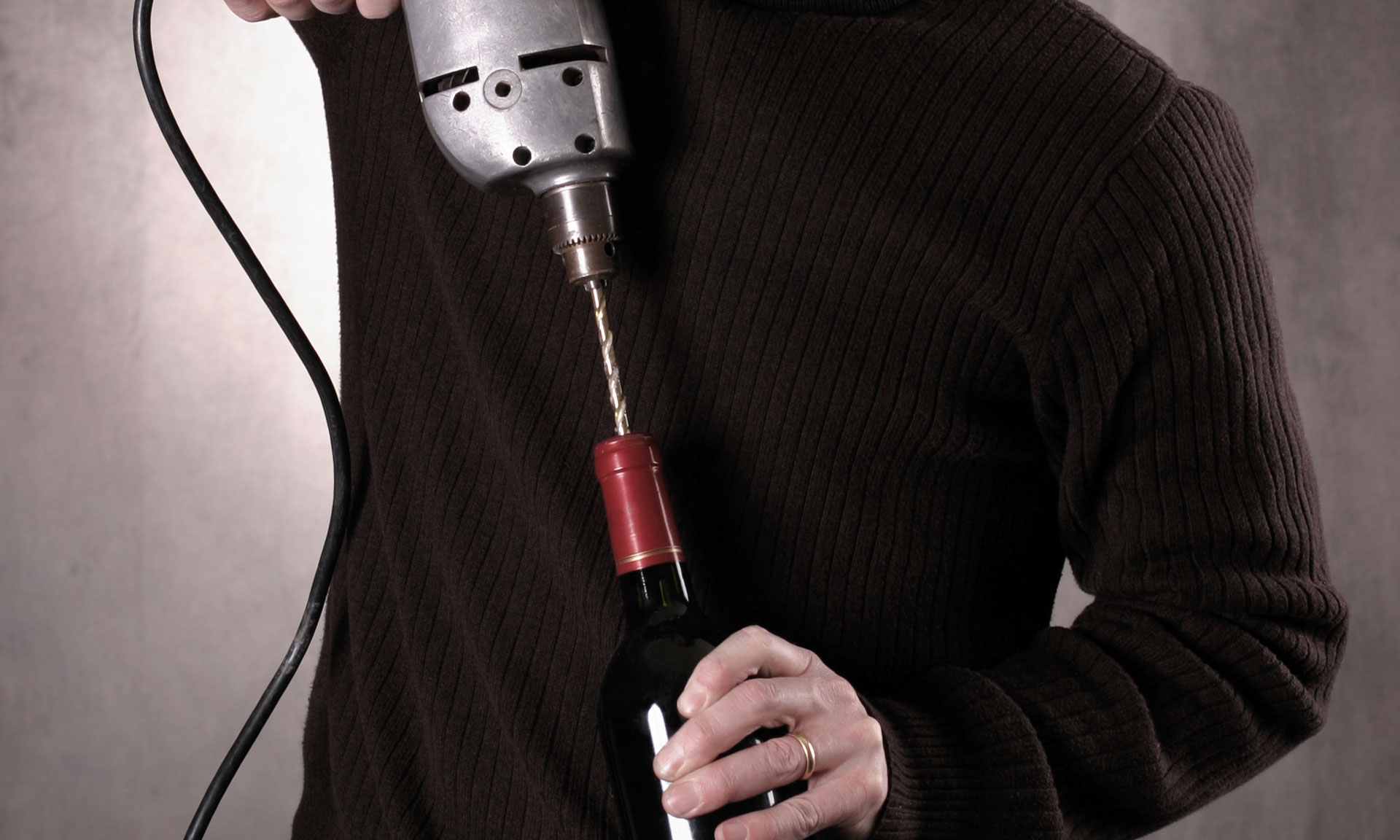

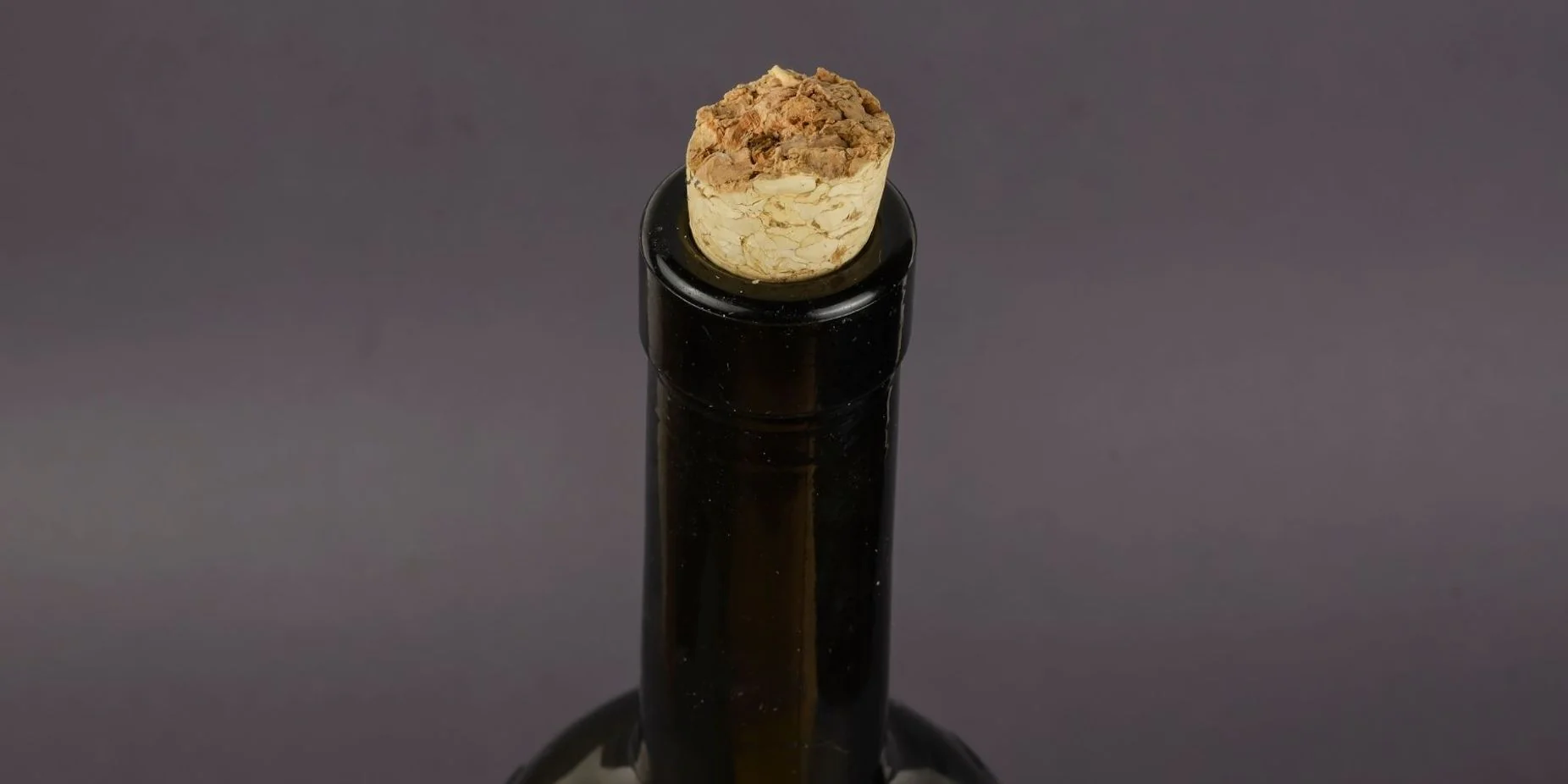
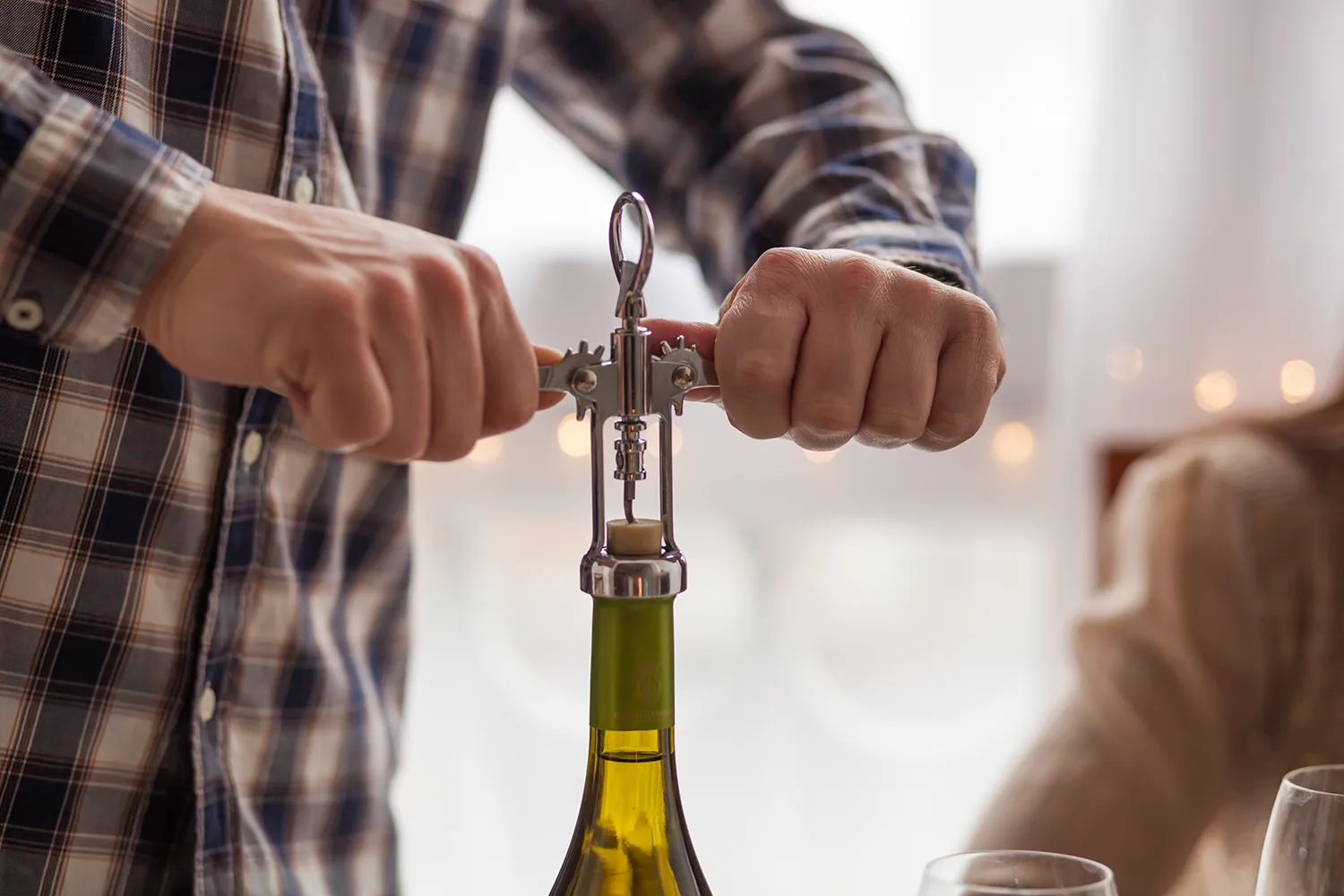
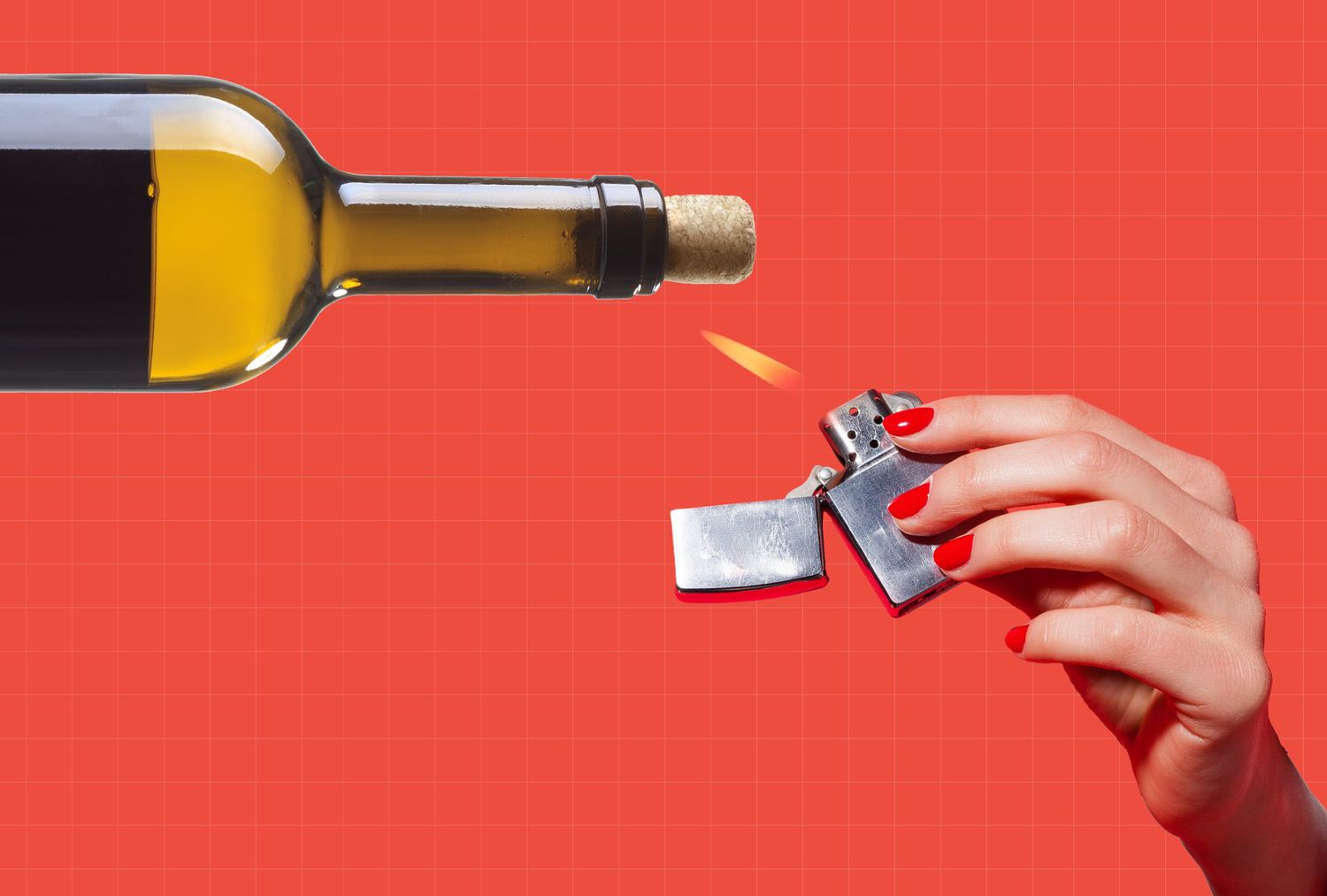

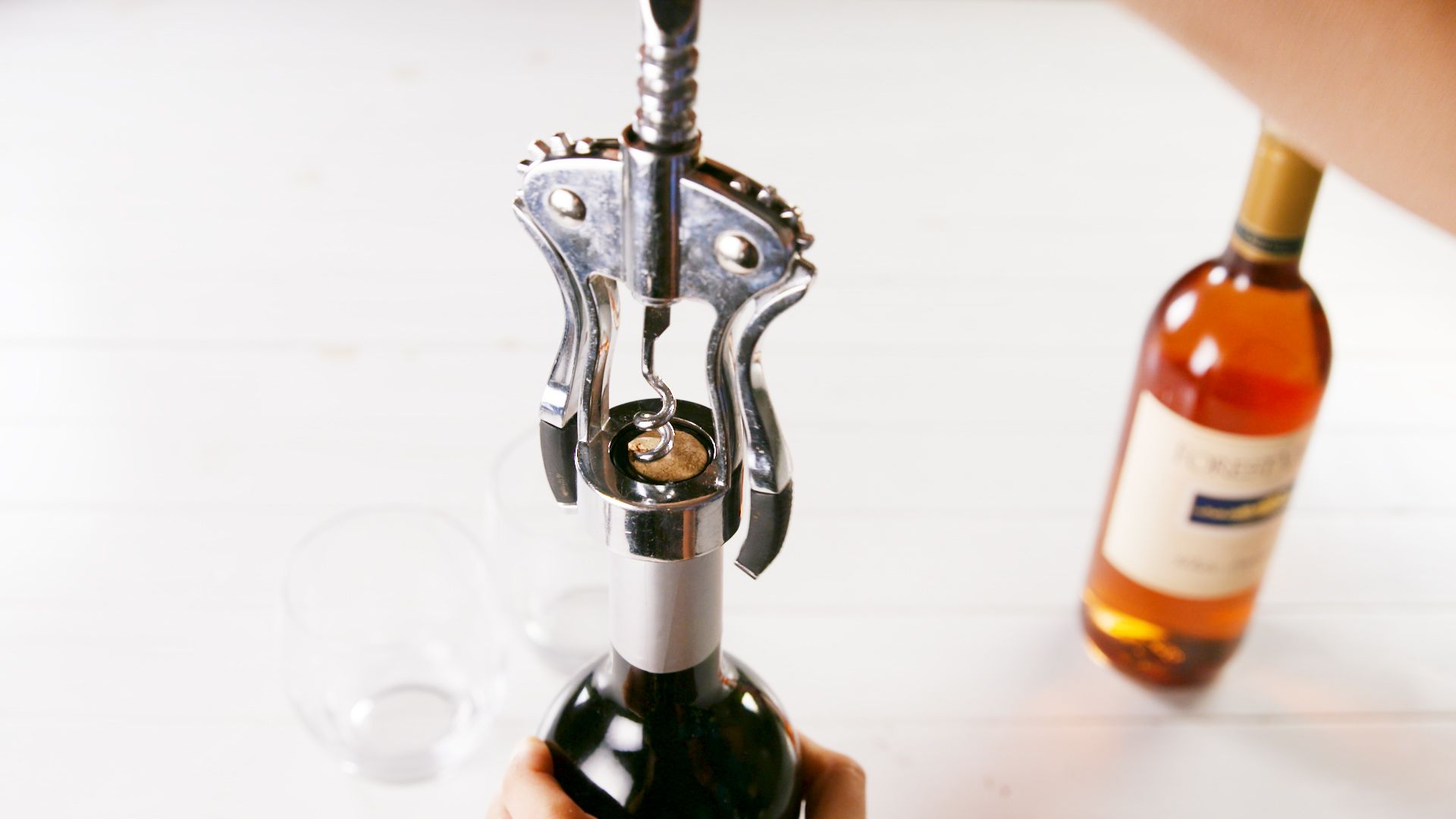

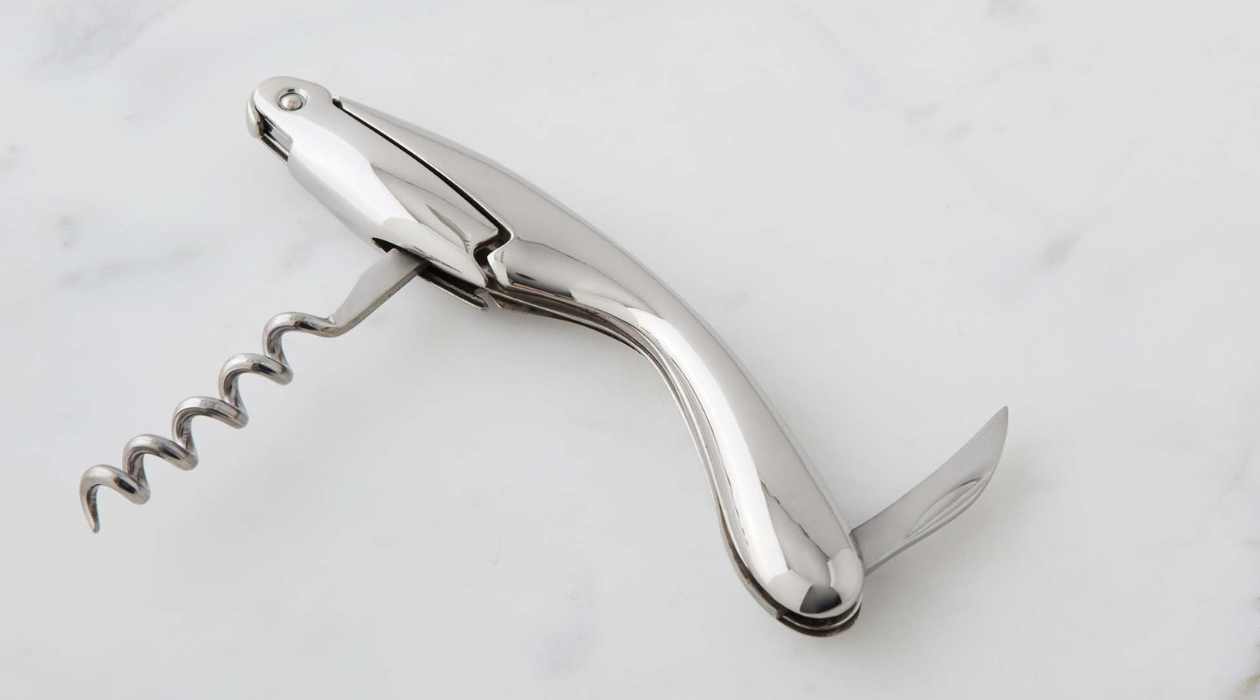
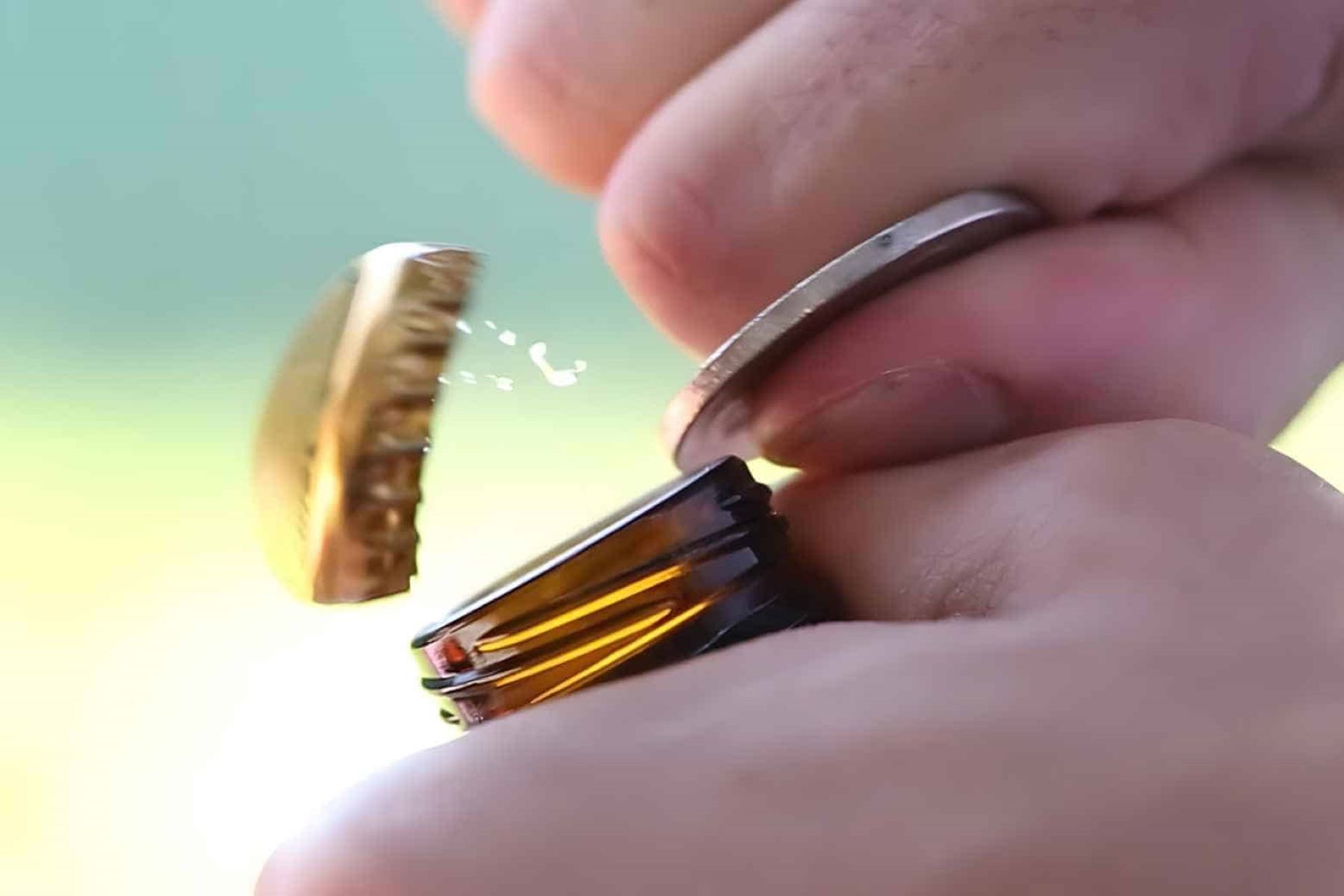

0 thoughts on “How Do You Open A Bottle Of Wine With A Corkscrew”